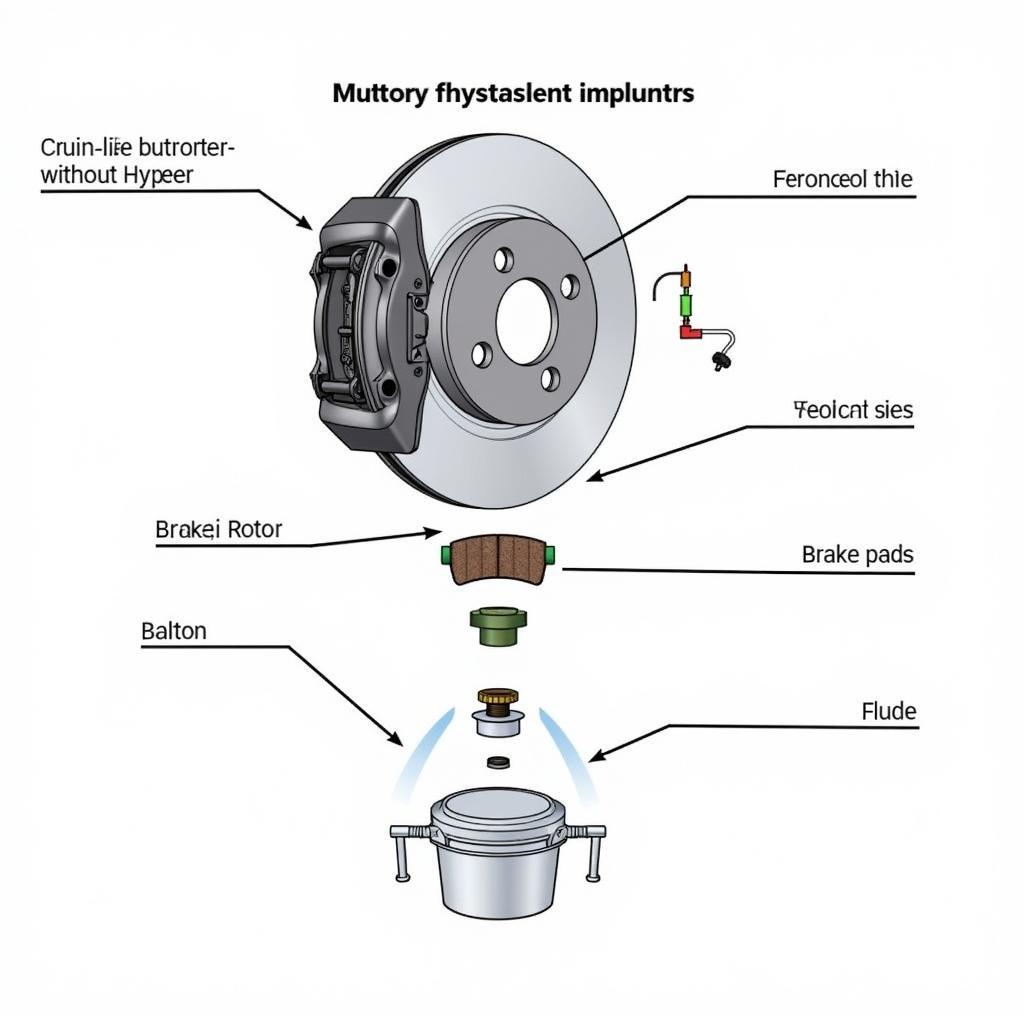That distinct “ding-dong” of the airplane seat belt warning sound – we’ve all heard it, often accompanied by the illuminated seat belt sign and a flight attendant’s gentle reminder. But what does it really mean, and what can you do if you encounter it outside of its usual context? Let’s delve into the intricacies of this important safety feature.
The purpose of the airplane seat belt warning sound is straightforward: it’s a crucial element of passenger safety, alerting everyone on board to potential turbulence or unexpected movements of the aircraft. While it might seem like a minor inconvenience, especially when you’re comfortably settled in, ignoring it can have serious consequences.
Why Does the Seat Belt Warning Sound Matter?
Imagine this: you’re cruising at 30,000 feet, enjoying a movie, when suddenly, the plane hits a patch of clear-air turbulence. Without warning, the aircraft jolts violently. Unsecured objects, and worse, unsecured passengers, are at risk of being thrown about the cabin.
This scenario underscores the importance of heeding the seat belt warning sound. It’s not just about following rules; it’s about ensuring your safety and the safety of those around you.
Common Reasons for the Seat Belt Warning Sound
While unexpected turbulence is a frequent trigger, several other situations might activate the warning sound:
- Takeoff and Landing: This is standard procedure. During these critical phases of flight, even small bumps can pose risks.
- Rough Air Anticipation: Pilots are trained to anticipate turbulence. They’ll often turn on the seat belt sign proactively if they expect a bumpy ride.
- Weather Events: Storms, thunderstorms, and even clear-air turbulence can prompt the warning.
- Mechanical Issues: In rare cases, unforeseen mechanical issues might necessitate passengers to remain buckled.
The Warning Sound Outside of Flights: What Does it Mean?
You’re likely reading this because you’ve encountered the distinct airplane seat belt warning sound mp3 in an unexpected setting. Perhaps it’s a chime in your car, a notification sound on your phone, or even part of a song.
While the sound itself doesn’t signify a problem, its familiarity might evoke a sense of urgency or caution. It’s a testament to the effectiveness of the sound’s design – it’s instantly recognizable and associated with a clear message: pay attention.
FAQs About the Airplane Seat Belt Warning Sound
1. Can I get up to use the restroom if the seat belt sign is on?
It’s best to wait until the sign is off. However, if you must go, alert a flight attendant and exercise extreme caution.
2. Why does the sound vary between airplanes?
Different airlines and aircraft manufacturers may have slightly different chimes, but the core message remains the same.
3. What happens if I ignore the warning?
While there might not be immediate consequences, you risk injury and could face reprimands from the flight crew.
4. Can I use noise-canceling headphones during takeoff and landing?
It’s best to avoid them as they might prevent you from hearing important announcements.
5. Is the warning sound always accurate?
Pilots err on the side of caution. There might be times when the ride is smooth despite the warning, but it’s always best to follow instructions.
Heeding the Call for Safety
The airplane seat belt warning sound is more than just a sound; it’s a call for your attention and a reminder to prioritize safety. Whether you’re soaring through the skies or navigating daily life, understanding the significance of this sound can make all the difference. Remember, a little precaution goes a long way in ensuring a safe and enjoyable journey.


